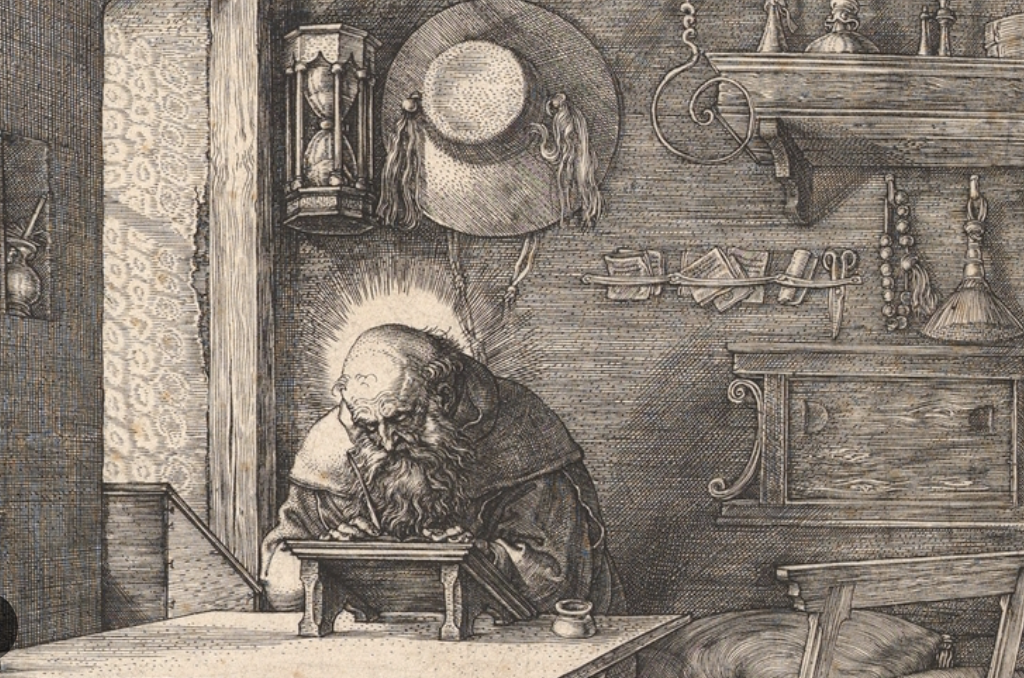How to protect creative thought generation from AI
… and how do you work with AI? or any generative design tool.
Let’s start with understanding what it is graphic design offers - it suggests originality and innovation. OK, then what does AI offer? It offers designs based on pre-existing templates and patterns. It can only create from what has been done. Well then, why would we embrace AI? We would, because it can alleviate and promote faster workflow and minimize those repetitive tasks we secretly dislike and are soooo time-consuming.
So how do you then protect from AI in the final project output? You can’t actually absolutely do that. You can not prevent someone who is going to take that road. What you can do is the following: Have a designer work with you, even if it is online, it is in real time. When a young designer starts, they should be able to go through the their process, the tools and the inspiration used and be able to explain all that they went through. They should be able to show you their iterations. This is not something new. Designers before AI should have been able to do the same. Understand that AI tools are to be used for speeding up visualizations of possible directions and capabilities, not for taking those options as they are presented and then placing them in front of a client for final choice/approval.
Another capability of AI output could be its’ use to generate brainstorming with a creative team. It can also be used to create moodboards for project inspiration. Consider the multiple options the moldboard could provide but now you can tale time to be more focused on the challenge. X out the extras and leave only those that zero in on the best directions for the project, another time-saver?
This obviously is best done when a ‘real’ person who has full knowledge of the audience and the timeline amongst other criterion, is involved, to save time. Yes even a human can offer time-saving capabilities over a bot!
Let’s consider:
Understand the AI prompt - a prompt can be text or code, for most of us it will be language supplied in a string of words given to generate alternative text, or supply creative content in its’ multiple forms. It is important to learn the structuring of your prompt requests, they will dictate your creative returns. This is a skill that we all need to learn now as switching just those few words offered, can change the creative outcomes.
The audience analysis - AI can search for this data and compile but remember the word, analysis. This constitutes your perspective, your interpretation on the data. Maybe on your way to work you stopped at a Starbucks and noticed that most people appear to not have tipped. The data collected might states the numbers. Yet what you perceived that day, your instinct, was different. So the next time you were in a Starbucks you decided to conduct a ‘real’ survey and asked if people were choosing to tip via their mobile device or they were simply not tipping by choice. This conversation could lead you to ask more questions, on the spot, and learn more about ‘the audience’. With this real world observation and surveying, you learned some new behavioral tendencies, which might come up in a strategy meeting later at work. Pro - the AI probably gave you some baseline data to start your analysis, but your collecting of real information directly from the ‘real’ people on the spot was the Con of only using AI.
What a magnificent woodcut executed by Albrecht Durer infamous for his detail - expressing for us - thought, study, consideration, expertise, contemplation, experimentation and ultimate perfection. When the human touch is applied to creative thought it always comes out ‘the best it can’. Et voila, the hand of Durer.
There is a final component to this new tool to consider - while recently reading the BlueHostBlog from May 17th 2023, I came upon this very important piece of required knowledge when working - with generative AI software, U.S. copyright law does not cover projects, creative materials created by anything other than a human. That means your AI generated images/projects can not be copyrighted in the U.S.
While it doesn’t mean you can’t use AI as part of your process, you should to take extra care while handling sensitive graphics. Ex - if you’re developing a logo for an online store, ensure humans are also involved (very interesting!) in the process to protect the brand.
Another concern? Who is the owner of the work?
AI art is in murky waters these initial days, when it comes to ownership too. Many beginners don’t realize that they may not own the rights to their work, or they may have input art from a different artist without their permission.'“
So this appears to mean that (for now) it is not a good idea to put AI generated creative projects in your portfolio.
Pros and cons of AI tools -
task time saver - pro
quick imaging editing - pro
pattern and texture recognition - pro
layout optimation - pro
learning curve - pro
repetitive ‘creativity/imitation’ - con
restricted flexibility - con
limited to only data collection via the internet - con
not copyright protected - con
Albrecht Durer - Saint Jerome in His Study, 1514
Your experience should factor in - remember the software does not have your background, your perspective, your perceptions. But it does have everybody else’s. This can be a pro and a con.
If I may quote a good friend of mine and digital marketing guru, Beth Amann - “Lazy creatives will always use AI as a crutch, motived creatives will use AI as a valuable tool.”
Help your yourself, start with a pen and paper and then go to the mouse. Then after playing with AI from your sketching, go back to your desk and do what you did before AI - create and design by yourself and/or with your team - it help will ensure the ownership of your creative concepts. Remember it is an inspirational tool - only.



